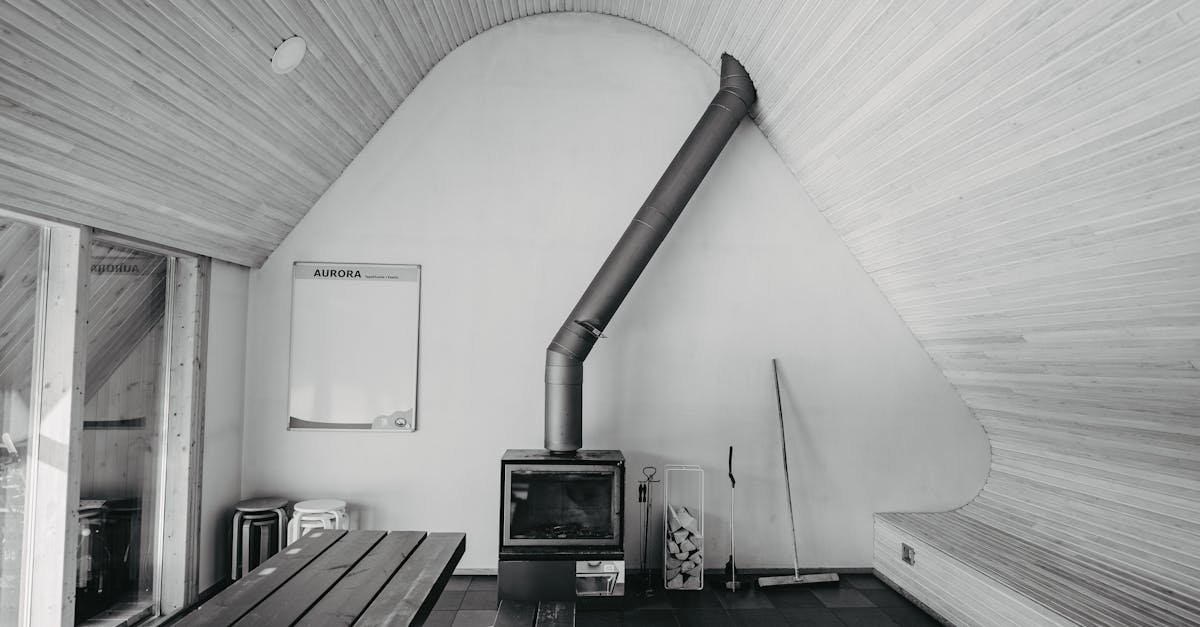To size an energy-efficient heater, you need to calculate the heating load of your space, which is typically measured in British Thermal Units (BTUs). A good rule of thumb is to allocate about 20 BTUs per square foot of living space. But, factors like insulation quality, ceiling height, and local climate can influence this number.
By accurately determining your heating needs, you can select a heater that not only keeps your home comfortable but also minimizes energy consumption and costs. This approach ensures you invest in a system that performs efficiently without wasting energy, saving you money in the long run.
Understanding Energy-Efficient Heater Sizing
Energy-efficient heater sizing involves careful assessment of several key factors. Accurate sizing ensures comfort, energy savings, and optimal performance.
Heating Capacity
Heating capacity significantly influences heater performance. Most heaters use British Thermal Units (BTUs) or watts for electric models. You need to match the heater’s capacity to your room size, insulation, and local climate.
- Calculate Space: Measure the room’s square footage.
- Assess Insulation: Evaluate how well the walls, windows, and doors retain heat.
- Consider Climate: Factor in your local temperature variations.
An oversized heater cycles on and off frequently. This wastes energy and creates temperature fluctuations. An undersized heater struggles to maintain warmth, leading to discomfort. Balance is crucial for efficiency.
Energy Efficiency Ratings
Energy efficiency ratings are essential for understanding a heater’s performance. These ratings show how effectively a system converts energy into heat.
- Look for Labels: Search for Energy Star labels or Annual Fuel Utilization Efficiency (AFUE) ratings.
- Compare Models: Assess different models based on their efficiency ratings.
- Consider Operational Costs: Review expected energy costs to gauge savings over time.
Choosing a heater with a high efficiency rating can lower your energy bills. You’ll receive maximum warmth while minimizing the environmental impact.
By understanding the importance of heating capacity and energy efficiency ratings, you can select the right heater. This choice leads to comfortable spaces and reduced energy consumption.
Factors Influencing Heater Size
When sizing an energy-efficient heater, several key factors impact the decision. Understanding these factors ensures effective heating and energy savings.
Room Size and Layout
Room size matters. Measure your room’s square footage. Use a guideline of about 10 watts per square foot for electric heaters to reach a comfortable temperature around 70°F. If your room has a different shape, adjust the heating needs. A long room often needs more power than a square room of the same area.
Insulation Quality
Insulation plays a critical role. Well-insulated rooms maintain heat better. They need less heating power. Poor insulation requires larger heaters to overcome heat loss. Check your walls, windows, and ceilings for insulation quality. Improving insulation can reduce your heater size requirement.
Climate Considerations
Local climate affects heater size too. Colder regions require more powerful heaters. Calculate heat loss based on your area’s typical winter temperatures. Warmer climates might allow for smaller heaters. Understanding your local weather patterns helps ensure comfort without wasting energy.
By assessing room size, insulation, and climate, you can choose the right heater for your needs.
Benefits of Proper Heater Sizing
Proper heater sizing brings notable benefits. Optimizing your heater ensures you save energy and reduce costs. These advantages enhance comfort and utility for your home.
Enhanced Energy Efficiency
Properly sizing your heater boosts energy efficiency. A heater that’s too large heats your space too quickly, causing a “temperature swing.” This leads to wasted energy, as it continues to run after reaching the set temperature. On the other hand, a heater that’s too small struggles to reach the desired warmth. It runs longer, which also wastes energy. Both scenarios hurt your energy efficiency.
Cost Savings
Correctly sizing a heater leads to noticeable cost savings. A properly sized heater consumes less energy. For example, an oversized 1,500-watt space heater running eight hours daily for a month costs around $43 at a rate of $0.12 per kilowatt-hour. Choosing the right size cuts unnecessary costs on your electric bill. Focus on sizing your heater accurately to maximize these savings.
Common Mistakes in Heater Sizing
Choosing the right size for your heater is essential. Oversizing and undersizing are two common mistakes that can affect your comfort and energy bills.
Oversizing vs. Undersizing
Oversizing your heater results in energy waste. A unit that’s too large heats the space too quickly, causing it to cycle on and off more frequently. This leads to “temperature swing,” where the space becomes too hot then too cold. It’s inefficient and can shorten the heater’s lifespan.
Maintaining a comfortable temperature isn’t guaranteed with an oversized heater. It won’t heat the area more effectively than a correctly sized unit. Instead, you’ll see higher utility bills due to unnecessary energy consumption.
Undersizing creates another set of problems. A too-small heater can’t keep up with your heating needs. The unit runs continuously in an effort to reach the desired temperature. This constant operation drains energy and leads to discomfort.
Both mistakes can prompt you to adjust the thermostat or use extra heating sources, which may introduce safety risks. To avoid these issues, conduct a thorough assessment of your space before deciding on the heater size.
Tools and Methods for Sizing Heaters
Sizing heaters accurately is crucial for energy efficiency. You can use manual calculations or online calculators to determine the right heater size based on your space.
Manual Calculations
Manual calculations offer a straightforward way to size your heater. Begin by measuring the room’s length and width. Multiply these numbers to find the square footage.
Next, consider the wattage needed per square foot. Use this guideline:
- Well-Insulated Rooms: 10-20 watts per square foot.
- Poorly Insulated Rooms: 30-40 watts per square foot.
For instance, if your room measures 200 square feet and it’s well-insulated, use 15 watts. Multiply 200 by 15 to get 3,000 watts. This approach ensures your heater meets the room’s heating demands efficiently.
Online Calculators
Online calculators simplify heater sizing further. These tools require basic information like room size, insulation type, and climate zone.
Input your room dimensions, insulation quality, and desired temperature. The calculator will provide a recommended heater size, often in BTUs. Many calculators incorporate local climate data, helping ensure accuracy in calculations.
Using an online calculator saves time and provides quick results. It helps visualize how different factors affect heater size. You can trust these tools to streamline the sizing process, making it easier for you to choose the right heater.
Conclusion
Choosing the right size for your energy-efficient heater is crucial for maintaining comfort and minimizing energy costs. By accurately assessing your heating needs and considering factors like insulation and local climate, you can avoid the pitfalls of both oversized and undersized units.
Utilizing tools and guidelines for calculating BTUs helps ensure you select a heater that operates efficiently. This not only enhances your home’s comfort but also leads to significant long-term savings. With the right approach to heater sizing, you can enjoy a cozy living space while reducing your environmental impact and utility bills.








